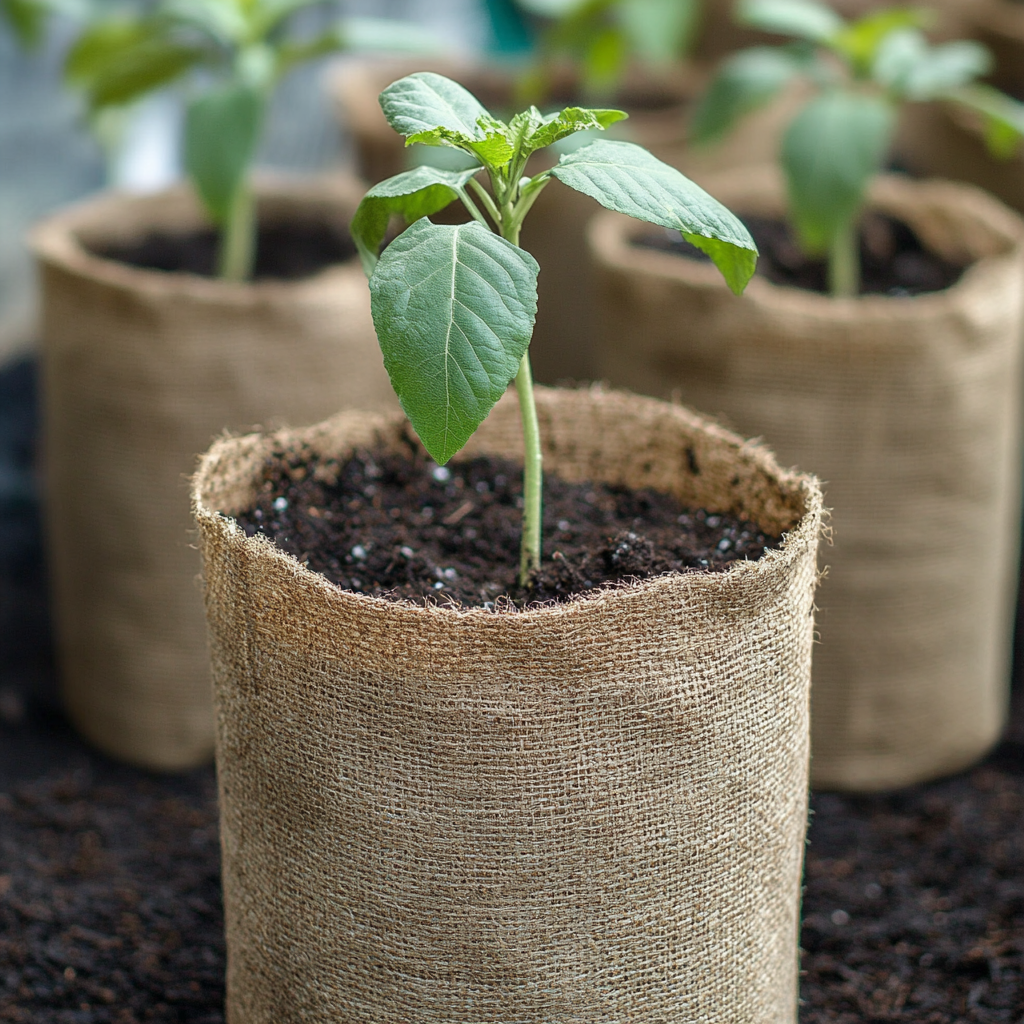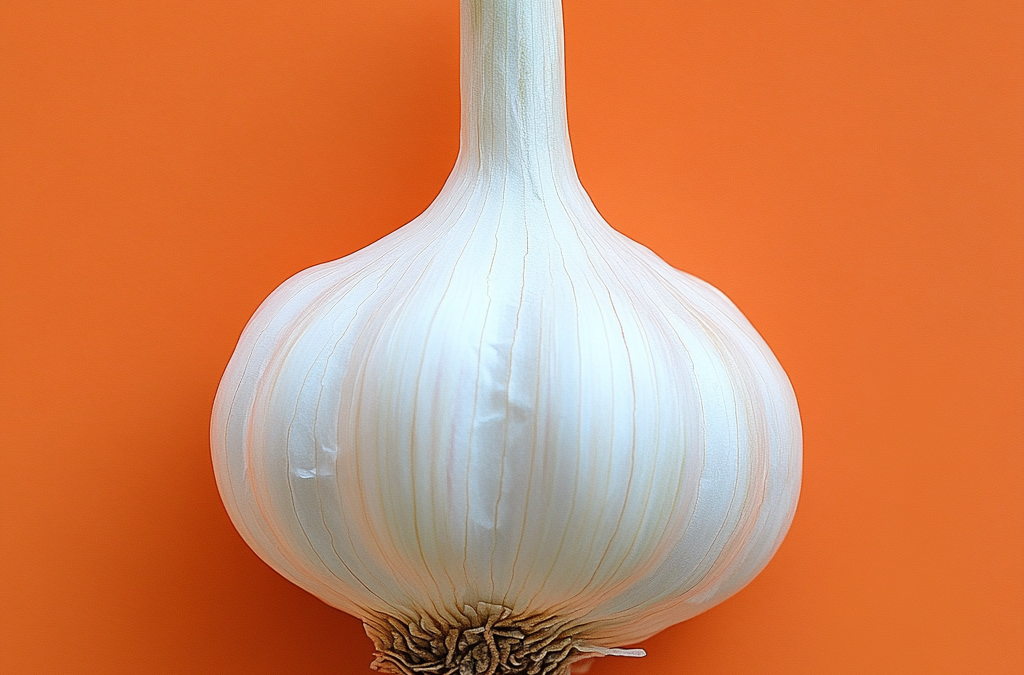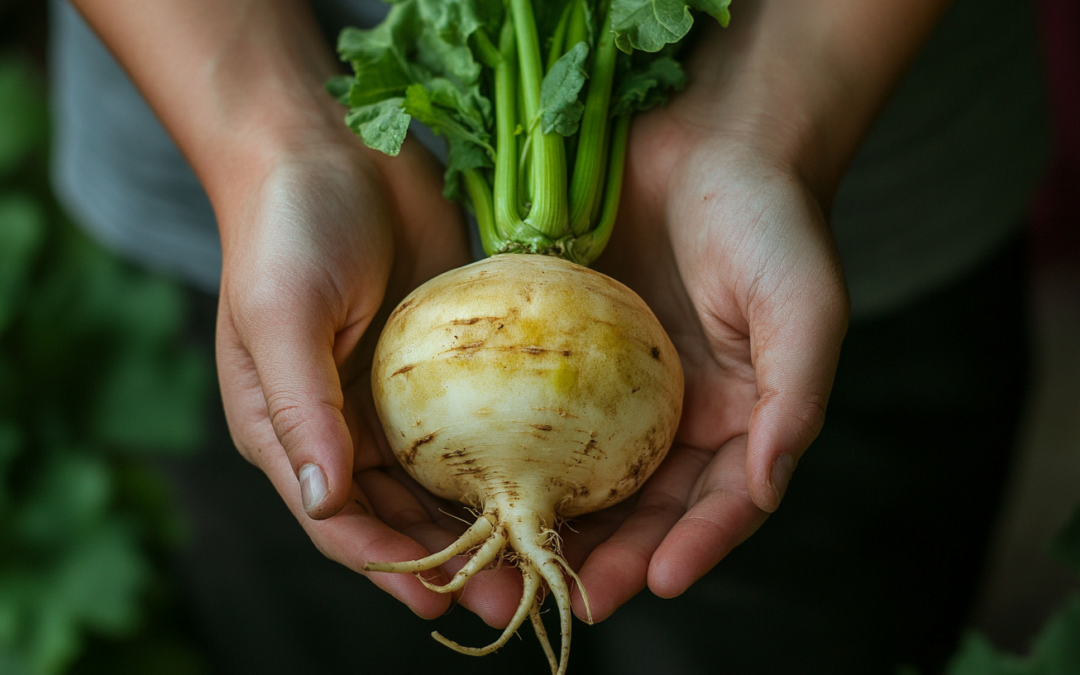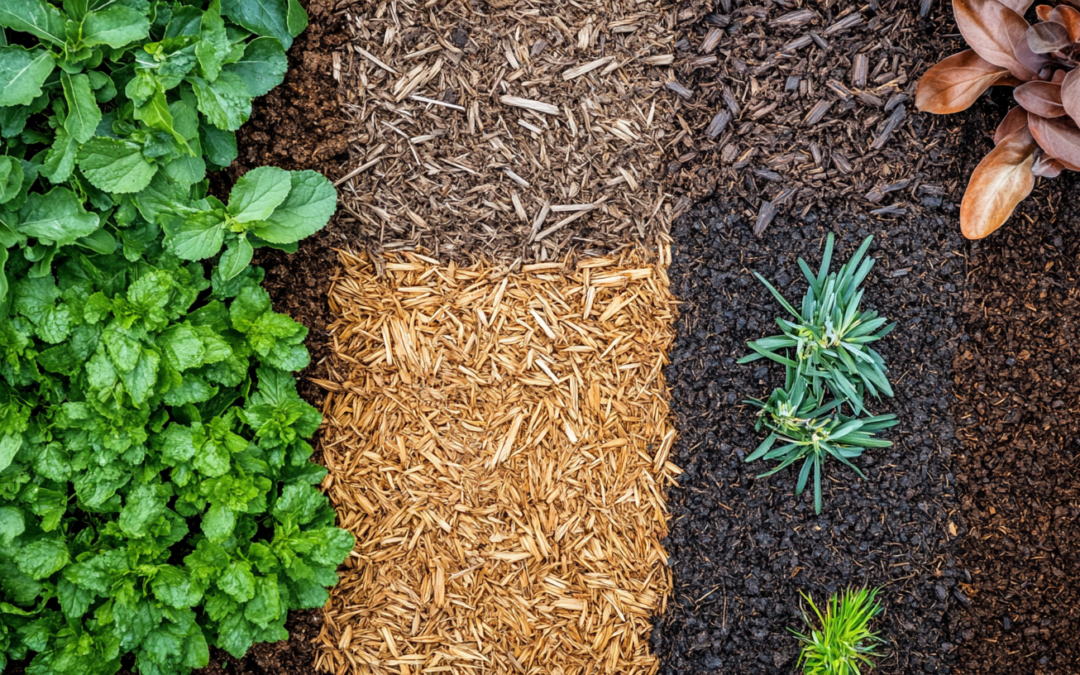Choosing the right soil is essential for healthy, thriving plants. Soil provides your plants with the nutrients, water, and support they need to grow strong and vibrant. But with so many different types of soil available, how do you know which one is best for your plants? This guide will help you understand the different types of soil and how to choose the right one for your indoor and outdoor plants.
1. Understanding Soil Composition
Soil is made up of three main components:
- Sand: Provides good drainage and aeration but doesn’t hold nutrients well.
- Silt: Holds moisture and nutrients but can become compacted, reducing airflow.
- Clay: Retains moisture and nutrients but can be heavy and poorly draining.
A good potting mix usually combines these components in varying ratios, along with organic matter like compost, to provide a balanced environment for plant roots.
2. Types of Soil for Different Plants
Different plants have different soil needs. Here are some common types of soil and the plants they’re best suited for:
General Potting Mix
A versatile soil that works well for most indoor plants, including houseplants like peace lilies, pothos, and snake plants. It usually contains a mix of peat moss, perlite, and vermiculite for aeration and moisture retention.
Cactus and Succulent Mix
Cacti and succulents need well-draining soil to avoid root rot. A cactus mix is typically made with sand, perlite, and sometimes pumice, which allows water to drain quickly, mimicking the dry conditions these plants thrive in.
Orchid Mix
Orchids require a well-draining, airy soil that doesn’t compact around their roots. Orchid mixes are often made with bark, charcoal, and sphagnum moss to provide excellent drainage and airflow.
Citrus and Tropical Plant Mix
Citrus trees and tropical plants like palms, ferns, and monsteras need a slightly acidic, well-draining soil. Look for a mix designed for these plants that contains a blend of peat, perlite, and pine bark to maintain the right moisture levels.
Vegetable and Herb Mix
Vegetables and herbs require nutrient-rich soil to grow well. A mix designed for edibles will often contain compost, worm castings, or organic matter to provide the nutrients needed for healthy growth.
3. Choosing Soil for Indoor vs. Outdoor Plants
- Indoor Plants: Indoor plants typically need a soil mix that retains moisture but also drains well. Look for a general-purpose potting mix or one specifically designed for houseplants. Avoid using garden soil indoors, as it can be too heavy and may introduce pests or diseases.
- Outdoor Plants: Outdoor plants, including flowers, shrubs, and trees, may need soil that’s tailored to the specific conditions of your garden. For example, clay soils in your garden might need to be amended with organic matter to improve drainage, while sandy soils might need added compost to retain nutrients.
4. Soil Amendments
Sometimes, the soil you purchase isn’t perfect for your plant’s needs, but you can amend it to improve its quality:
- Perlite: Helps improve drainage and aeration, ideal for plants that need well-drained soil.
- Vermiculite: Retains moisture and nutrients, making it great for moisture-loving plants.
- Compost: Adds organic matter and nutrients, perfect for enriching soil for vegetables and flowering plants.
- Coco Coir: A sustainable alternative to peat moss, it retains moisture and is often used in mixes for tropical plants.
5. How to Choose the Right Soil for Your Plant
When selecting soil for your plants, consider the following:
- Watering needs: Does your plant prefer dry or moist conditions? Choose a soil that matches its water needs.
- Root structure: Does your plant have shallow or deep roots? Plants with shallow roots may need a lighter, more airy mix, while deep-rooted plants may benefit from a denser soil.
- Nutrient requirements: Some plants, like vegetables, require nutrient-rich soil, while others, like succulents, do better in leaner mixes.
6. Repotting and Soil Care
Over time, soil can break down and lose its structure. When repotting, it’s a good idea to refresh the soil by replacing the old mix with fresh, nutrient-rich soil. Be sure to check for signs that your plant may need a new pot and soil, such as stunted growth or roots growing out of the drainage holes.
Choosing the right soil is one of the most important steps in ensuring the health and growth of your plants. By understanding your plant’s specific needs and selecting the appropriate soil mix, you can provide the best environment for your plants to thrive. Whether you’re growing indoor houseplants, outdoor flowers, or edible crops, the right soil will make all the difference in your gardening success!



